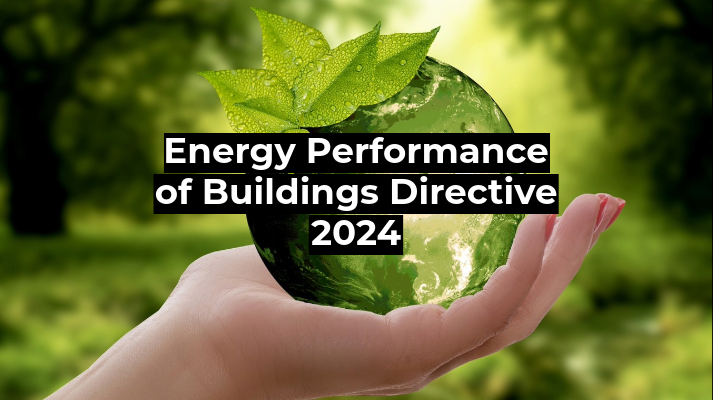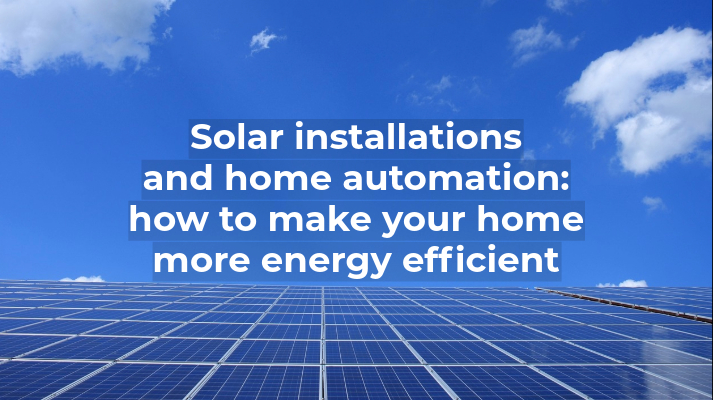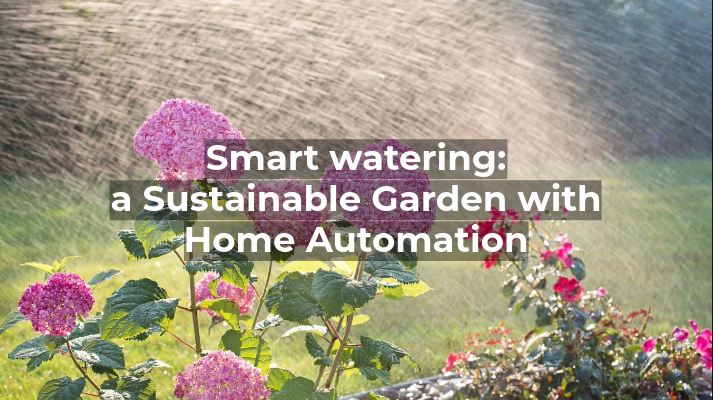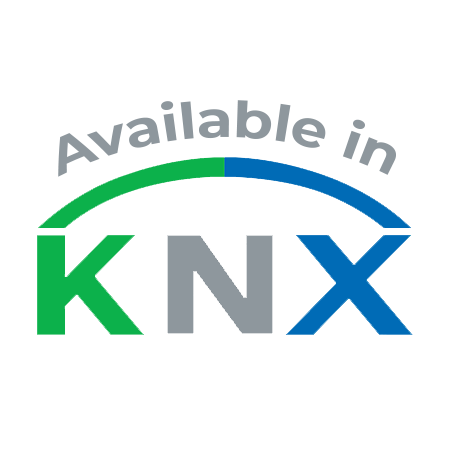On 12 March 2024, the new Energy Performance of Buildings Directive was officially approved. Let’s explore what it is about, the impact of the European “Green Homes” Directive (EPBD) on property owners, and why home automation is important in this context.
Key goal
Energetically renovate the entire EU building stock to achieve net-zero emissions.
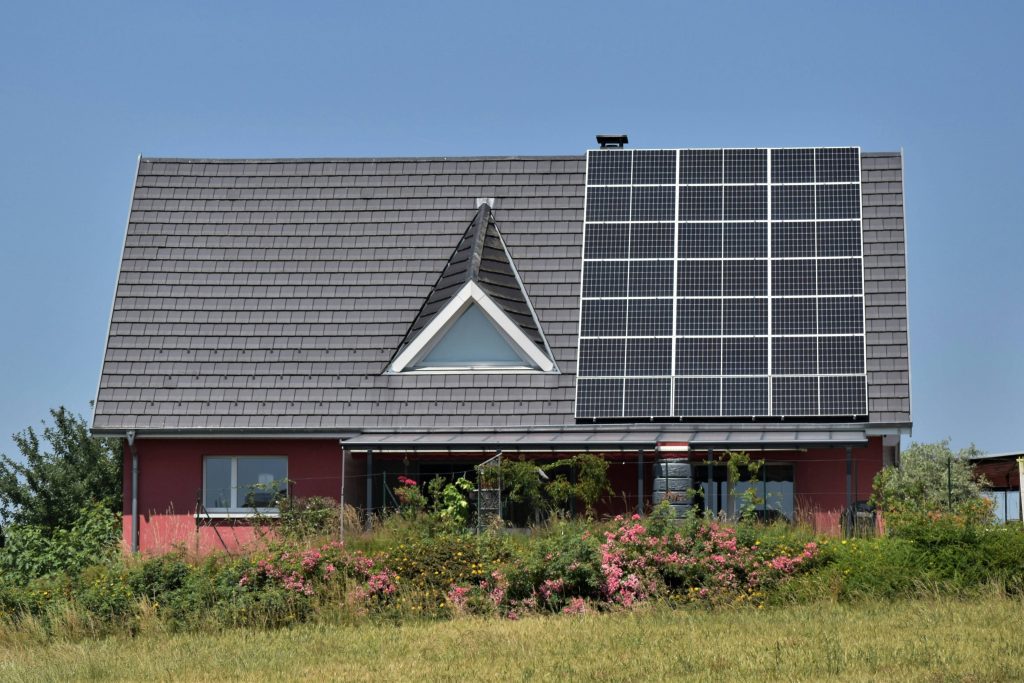
What must EU Member States do?
Each EU Member State will need to establish a National Building Renovation Plan to reduce the average energy consumption of residential buildings, starting as soon as possible, with a goal of achieving at least a 16% reduction by 2030 compared to 2020.
By 2035, this reduction in energy consumption must reach at least 20% in order to achieve NET-ZERO EMISSIONS by 2050.
What does this mean for new residential buildings?
Newly constructed residential buildings, or those undergoing deep renovation, will need to be net-zero emissions by 2030, while all newly constructed public buildings must meet this standard by 2028.
Here’s where home automation comes into play
It will also become mandatory to install Building Automation and Control Systems (BACS), aimed at energy savings, such as the professional solution offered by Dovit, in both new residential buildings and those undergoing deep renovation.

Dovit has developed a range of products that help users save on electricity, gas, and water bills:
- The software generates reports on water, electricity, and gas consumption, displaying them in intuitive graphs.
- Analysing this data helps identify where the major wastage is occurring, how to avoid it, and thus optimising the energy performance of a home.
- If photovoltaic panels are installed, the software constantly tracks electricity production; this enables the use of high-consumption appliances during peak energy production hours.
- Additionally, the software effectively controls heating and cooling in each zone based on environmental parameters and presence scenarios, and much more.
Learn more: https://www.dovit.com/en/dovit-products/home-automation-energy/
Will gas boilers disappear?
From 2025, it is likely that gas boilers will no longer be eligible for incentives. The goal is to phase out all fossil fuel boilers (natural gas and LPG), including condensing boilers or those with high energy ratings, by 2040.
From 2025, only hybrid heating systems, such as those combining a boiler with a solar thermal system, photovoltaic panels, or heat pumps, will be eligible for subsidies.
Solar or photovoltaic panels will become mandatory
For new residential buildings, it will be mandatory to install solar panels from 2030, alongside a gradual incentive for using heating systems that rely on renewable energy sources, such as heat pumps. For existing public and non-residential buildings, solar energy systems must be installed gradually starting in 2027.
And what about energy ratings?
The directive no longer contains references to energy ratings, but it is highly likely that a large part of the buildings currently rated F and G will be affected by this directive.
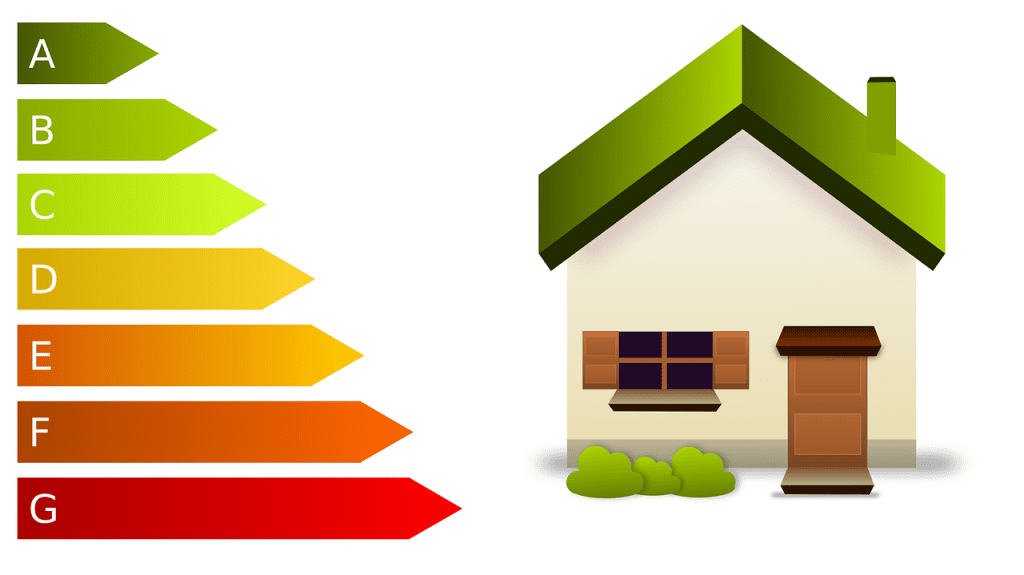
Are there any financing options available?
National governments will have to determine how and to what extent they will fund energy efficiency improvements for properties.
Property owners will need to bear the costs of energy efficiency upgrades, which will likely be partially subsidised. These upgrades will also result in reduced emissions and energy consumption, leading to savings on energy bills.
